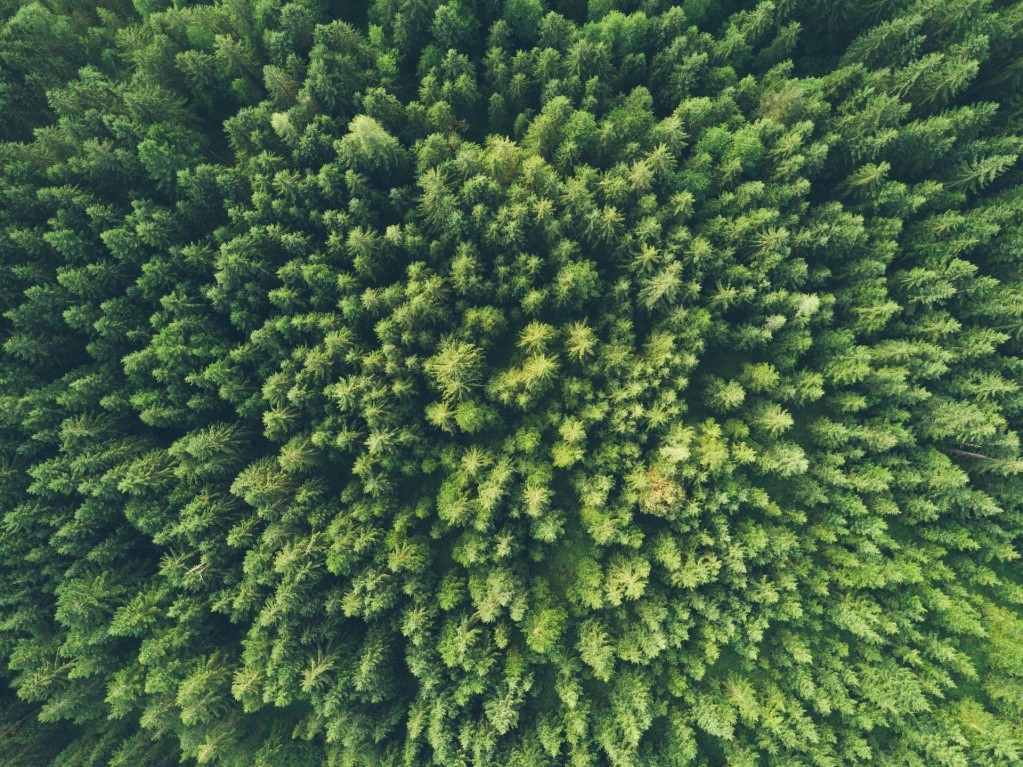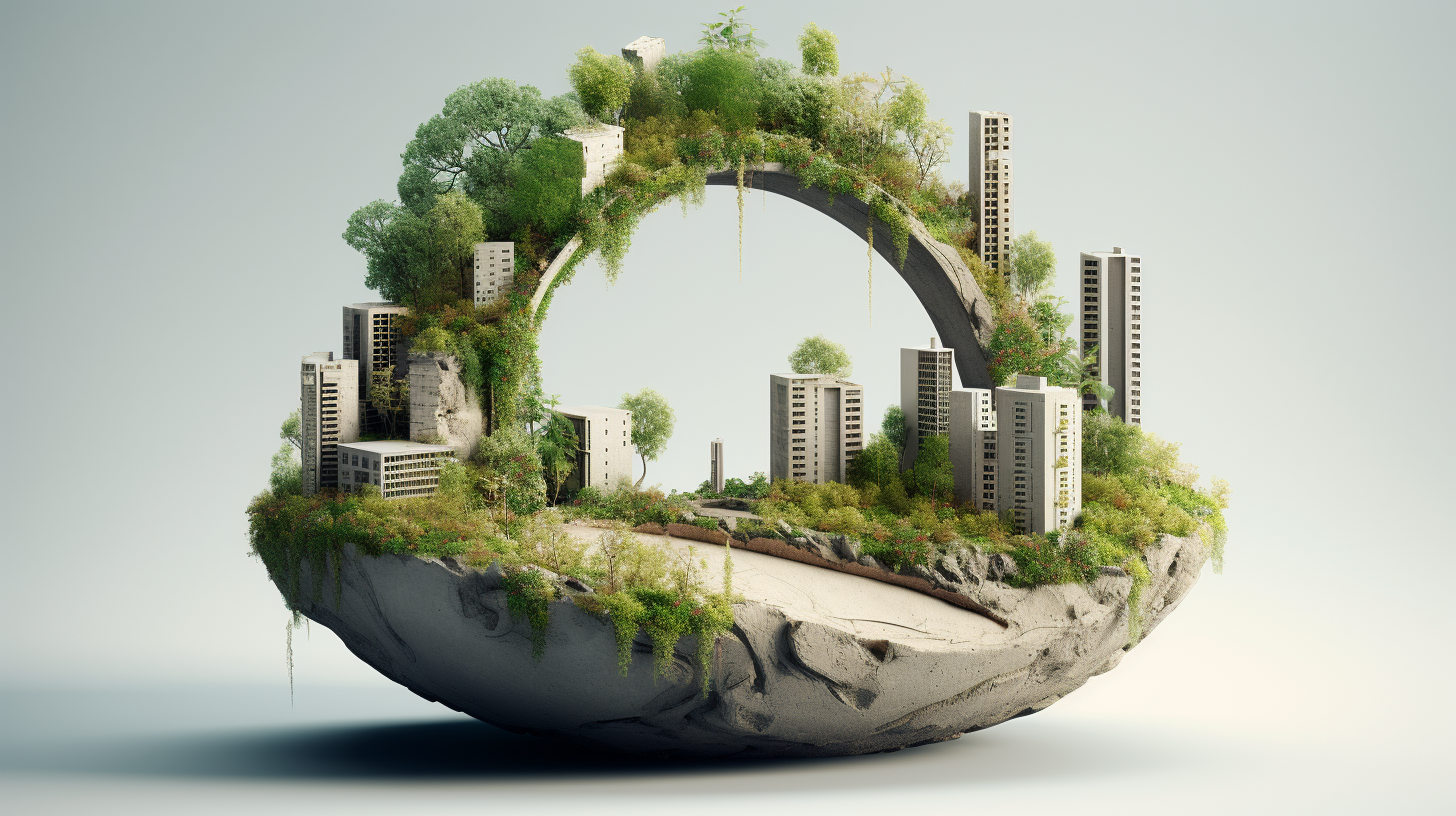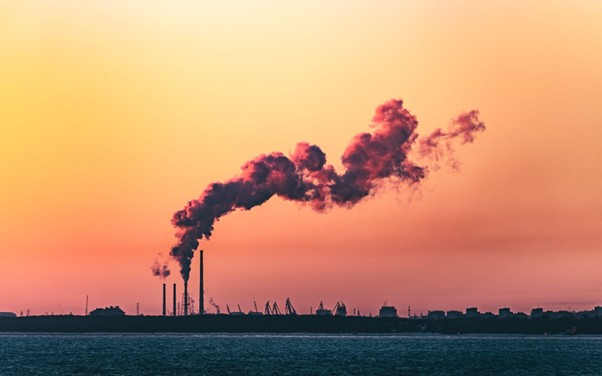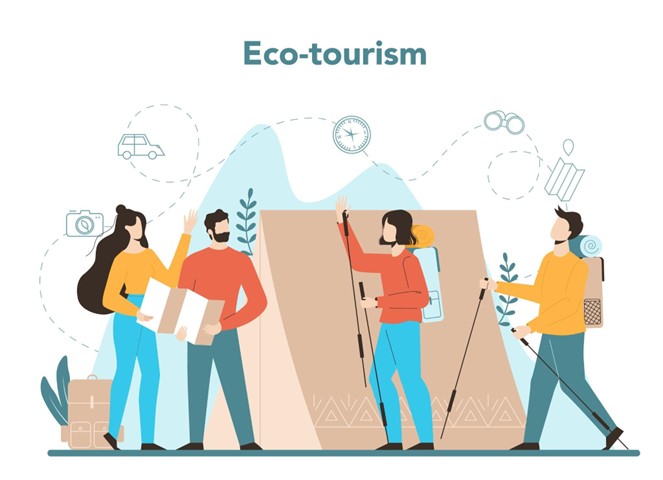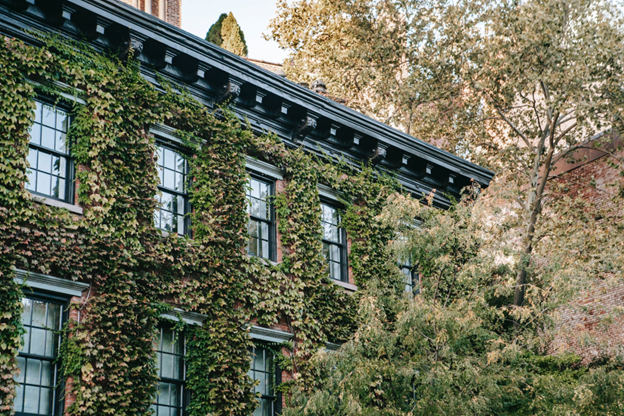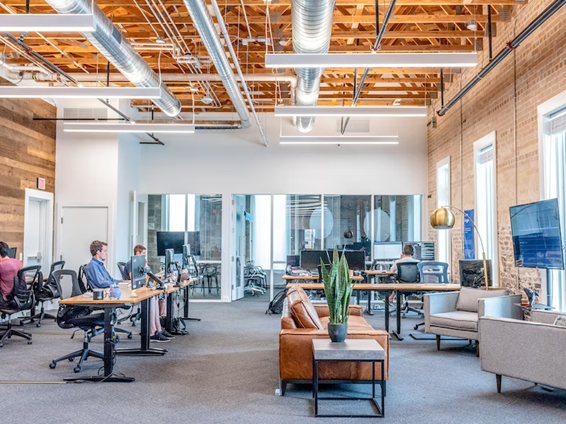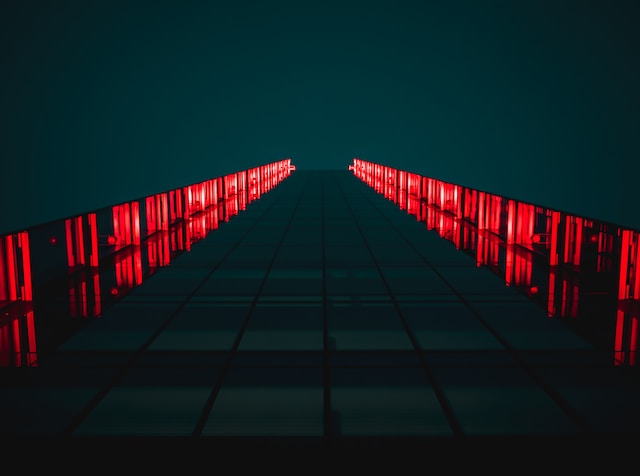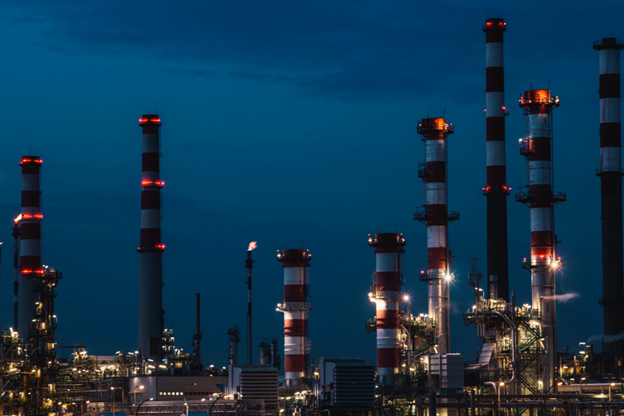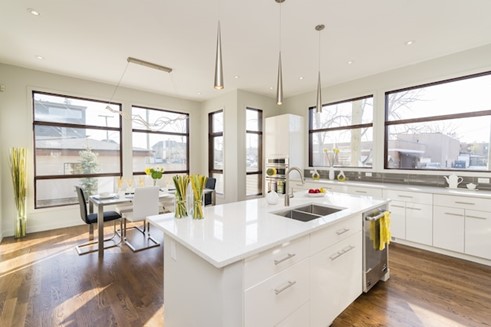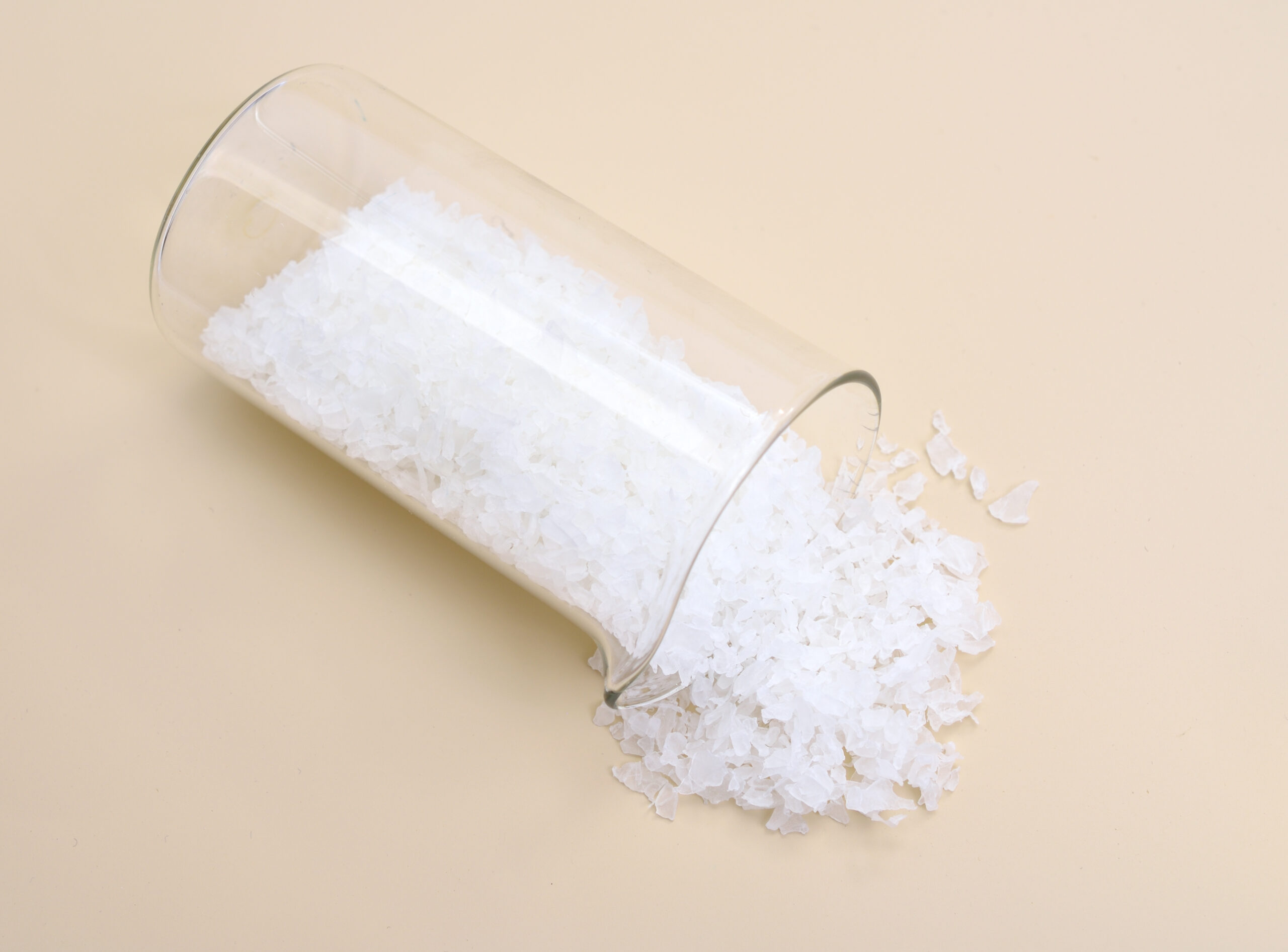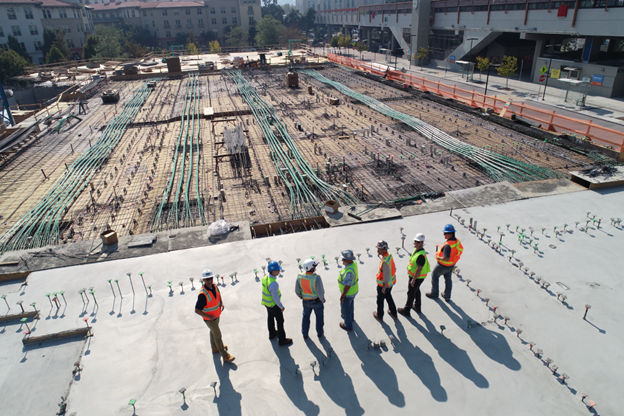Why Concrete Is a Sustainable Building Material
We’d struggle without concrete in the construction industry. It’s an essential material that’s been used for thousands of years in buildings and structures of many different kinds. While its first uses can be traced back 6000 years to the Nabatheans, it was the Romans who developed the form of concrete we’re most familiar with today – and some of those structures are still with us. That’s incredibly sustainable.
Let’s examine why concrete is a brilliantly sustainable building material.
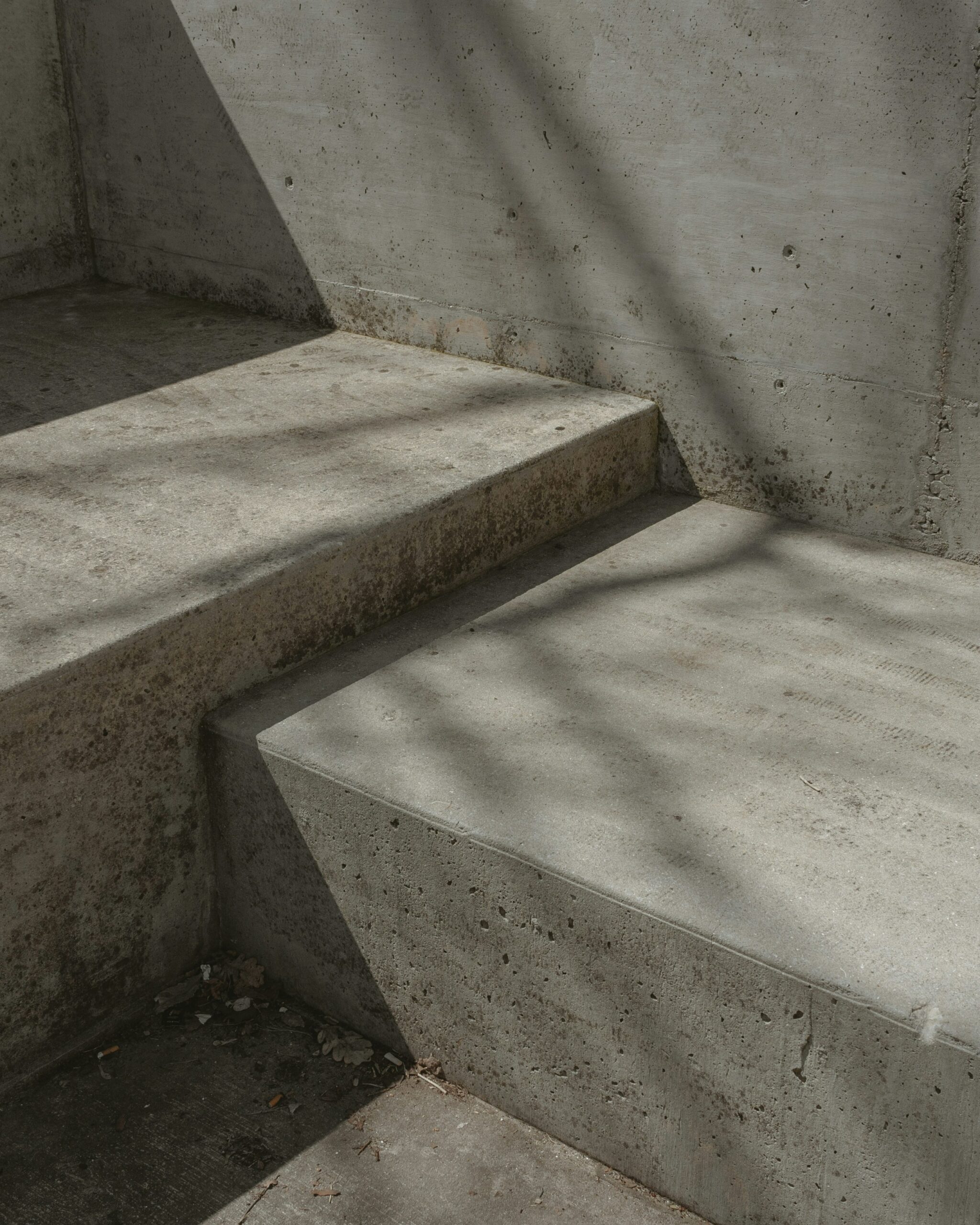
Image Source: Unsplash
What is concrete?
It’s a material typically made of water, aggregates (usually rock, sand, or gravel), and cement paste. It arrives on construction sites and is then mixed with water to be used in various applications, or it can be utilised in many of the professional precast solutions like those offered by JP Concrete.
To look at it in its simplest form – it IS an environmentally friendly building material as it comes from rocks and other raw materials found naturally. Therefore concrete is sustainable and resourceful. When it’s used correctly it can last for hundreds of years.
Why is concrete sustainable?
It’s sustainable so long as it’s used responsibly. That is to say, construction companies like ours need to ensure they’re only using and manufacturing what they need to match the demand of their customers. In this way, as little waste as possible is generated and the end product is something that will last for many years if looked after correctly.
Construction companies can now recycle and reuse a great deal of their concrete these days and in some circumstances, no packaging will necessarily be required to transport and deliver contents.
Its manufacture relies on limestone, which is one of the most abundant minerals on earth. Concrete manufacturers and suppliers can now also create powder for concrete by using byproducts of materials from other industries too.
Concrete’s durability over the years
These days we’re ever aware of the need to be sustainable and ensure the products we create will last for many, if not hundreds, of years.
Wood might rot and catch fire easily so buildings made from this are few and far between. However, buildings constructed from concrete can sometimes have double the lifespan of other materials. They’ll withstand fire, flooding, and extreme weather events – something which the UK sees more of these days.
However, not all buildings are indeed constructed to last forever. In these situations, the concrete that was once a part of the building can often be reused and repurposed for other buildings or projects where otherwise it might have gone to waste. Old concrete can also be recycled as an additive for new mixtures, too.
To sum up – is concrete sustainable?
Yes, it is. It’s environmentally friendly and it has many sustainable uses. It can be repurposed, recycled, and ground down to be used in new mixtures if need be.
It’s a porous material that allows for water to pass through it. It’s strong, absorbent, and perfect for use in areas that experience severe weather regularly as it controls runoff and rainwater build-up.
In short, it’s an essential part of building and when used responsibly by professionals can last for many years – before being turned into something else.

